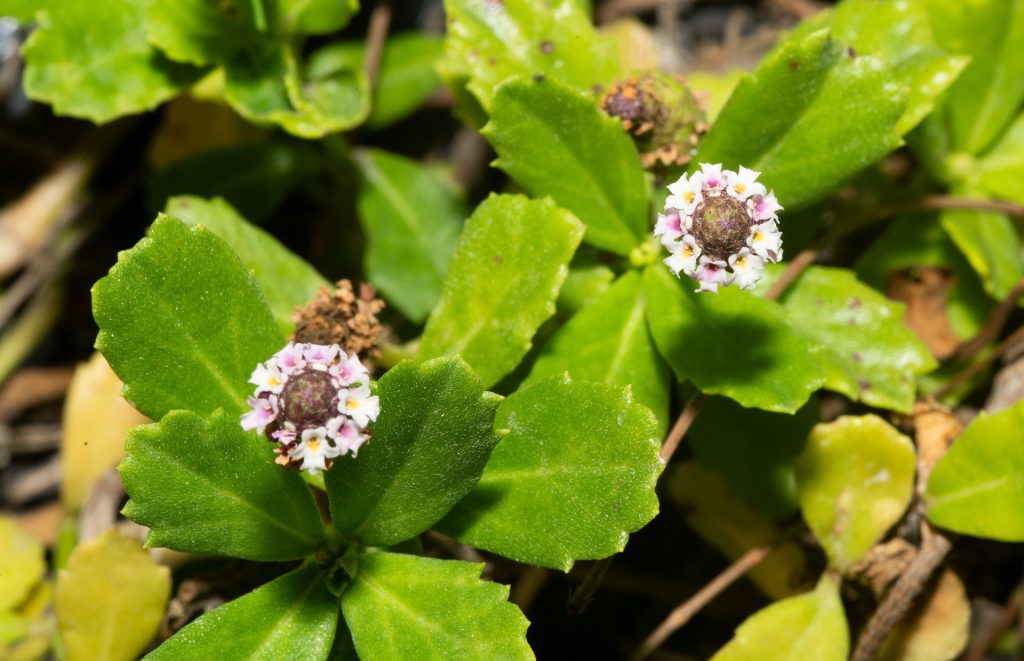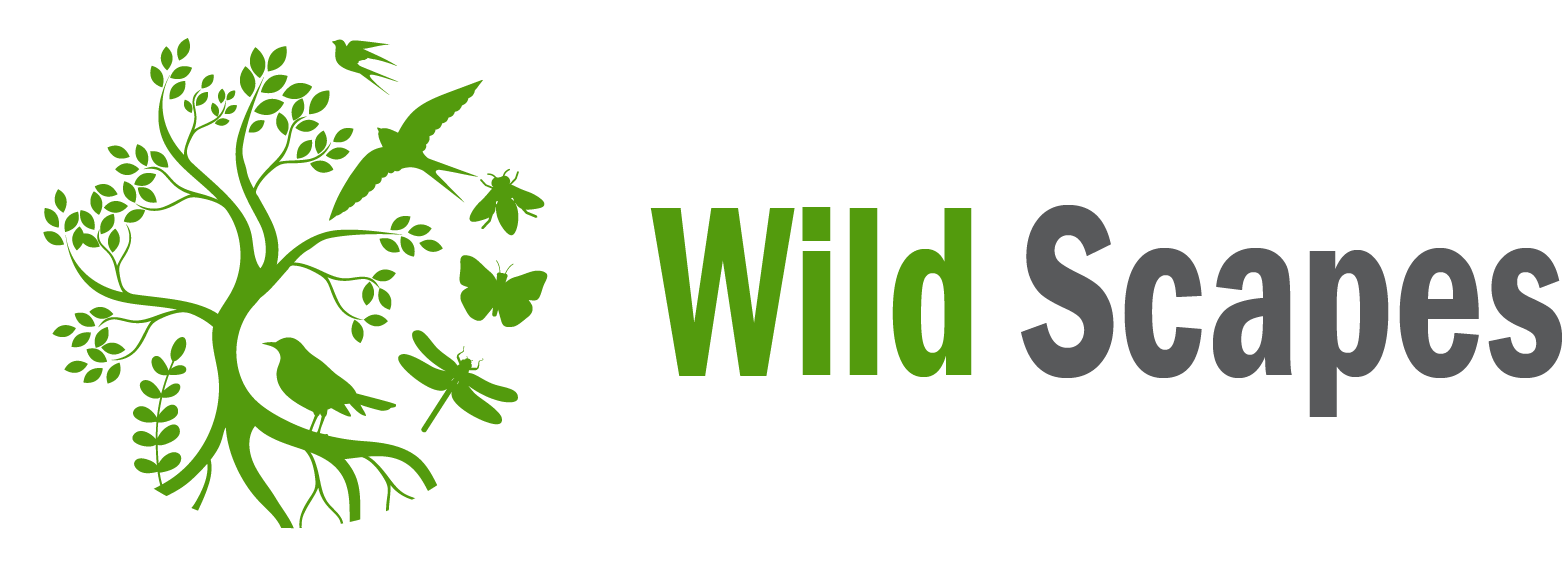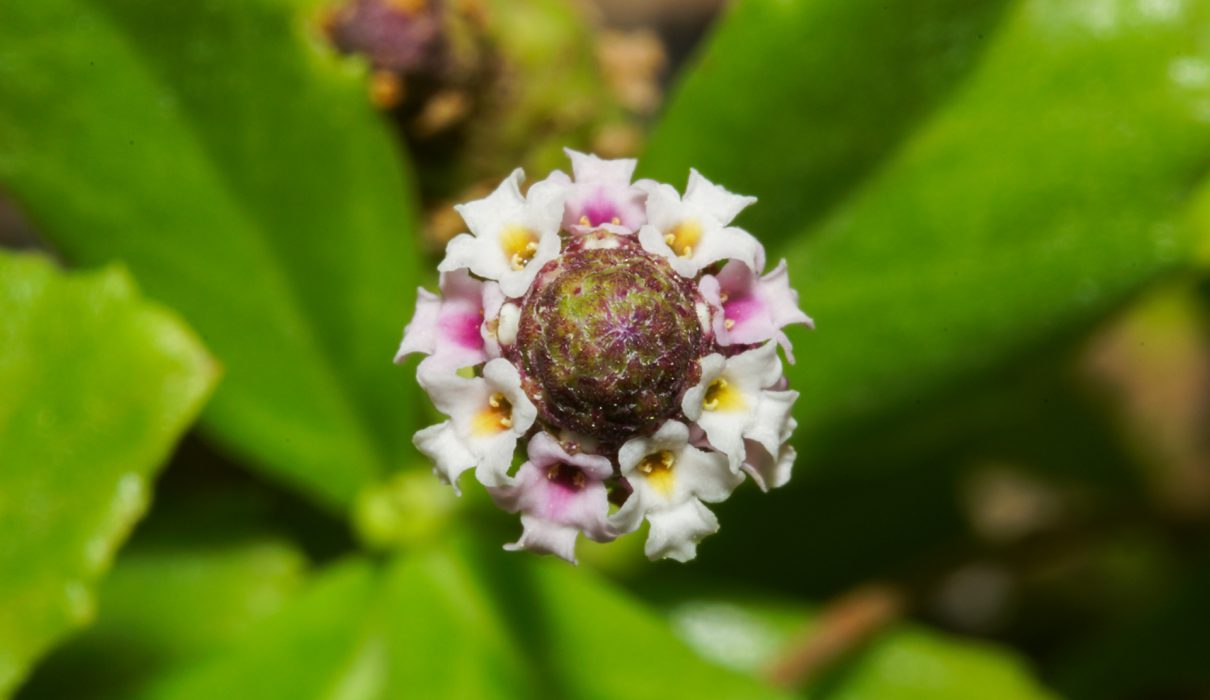Hunigondi Filaa is a very common medicinal plant in the Maldives. From my childhood, I remember hearing my mom and others in the community talk about this plant and its many uses. It was a familiar presence in our lives, not just as a common sight in gardens and marshy areas, but as a plant with various healing properties that people turned to for comfort and relief. Internationally, it is known by names like Frogfruit, Sawtooth Frogfruit, and Turkey Tangle, and it thrives across the tropics and subtropics.

Scientific Classification
- Kingdom: Plantae
- Clade: Tracheophytes
- Clade: Angiosperms
- Clade: Eudicots
- Clade: Asterids
- Order: Lamiales
- Family: Verbenaceae
- Genus: Phyla
- Species: Phyla nodiflora
Binomial Name: Phyla nodiflora (L.) Greene
Local Names
- Dhivehi: Hunigondi Filaa
Description
Hunigondi Filaa is a low-growing, spreading herb that roots at its nodes, creating dense mats across the ground. Its leaves are small and fleshy, typically around 1-3 cm long and 0.8-1.5 cm wide, and are serrated along the upper edge. They have a unique shape, sometimes resembling small spatulas or rounded spoons.
The flowers, which bloom in clusters, are tiny and 5-parted, appearing in globe-like or cylindrical spikes. The blooms are pink to white and have a distinctive appearance that makes them easily recognizable. The plant produces small fruits, each around 2 mm long, containing two seeds.
- Leaves: Small, fleshy, serrated along the top edge, about 1-3 cm long
- Flowers: Small, pink or white, clustered in spikes
- Fruit: Small drupe, 2 mm long, with two seeds
Flowering & Fruiting Season: November – December
Distribution
Hunigondi Filaa is originally from South America and the United States but has spread widely throughout tropical and subtropical areas worldwide. It grows well in various environments and is frequently seen in gardens, lawns, and moist, marshy areas, making it quite common in the Maldives.
Occurrence in Maldives
In the Maldives, Hunigondi Filaa is found throughout the islands, especially in damp or marshy areas. Its resilience and ability to thrive in different environments make it a popular ground cover for both functional and ornamental purposes.
Uses
As a child, I often saw family members and neighbors use Hunigondi Filaa as a remedy for various ailments. Its leaves and flowers were used for teas or poultices, and people turned to it for soothing burns, reducing fever, easing joint pain, and even for digestive issues like anorexia and diarrhea. This plant holds an important place in Maldivian folk medicine, valued not only for its availability but for its effectiveness in treating everyday health concerns.
Medicinal Uses:
- Relief from burning sensations
- Treatment for anorexia and digestive issues
- Remedy for knee joint pain and swelling
- Used to reduce fever
In addition to its medicinal value, Hunigondi Filaa is often grown as a ground cover in gardens. Its hardy nature and lush green color make it a pleasing addition to landscapes, which is why it’s also used as an ornamental plant across the islands.
Conservation Status
- IUCN Status: Least Concern (IUCN 3.1)
Additional Notes
Hunigondi Filaa is sometimes called “matchweed” due to its small, clustered flowers, which look like tiny match heads with a purple center surrounded by white or pink petals. Although it resembles the closely related Phyla lanceolata, it has much shorter and more rounded leaves. Both plants are common in gardens and landscapes as ground covers.
Growing up, I learned that this plant wasn’t just any ordinary weed or ground cover; it was a natural remedy and an essential part of our traditional knowledge. In Maldivian culture, Hunigondi Filaa is cherished not only for its medicinal uses but for the memories and wisdom it carries, passed down from generation to generation.


